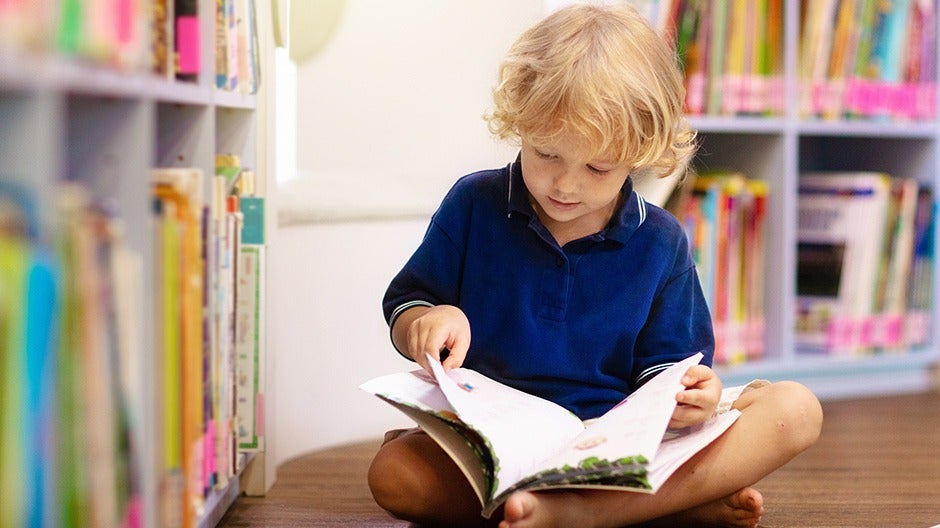What do you get when you put foot and ball together? Football! This is an example of a compound word, and as your child continues to build their vocabulary, it’s essential to introduce them to compound words for kids.
In this article, we’ll discuss how to form a compound word and how to help your child identify them in a sentence. We’ll also compare the different types and share some fun activities for your young learner to practice their new vocabulary skills.
Table of Contents
- What Is a Compound Word?
- The Importance of Teaching Kids about Compound Words
- The 3 Types of Compound Words
- Compound Words for Kids
- Tips for Teaching Compound Words to Kids
- Activities That Teach Compound Words for Kids
What Is a Compound Word?
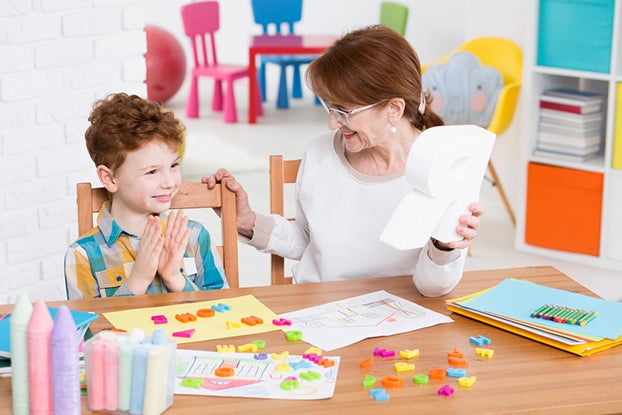
In the football example above, we combined two small words (foot + ball) to form a new one. This is the essence of a compound word: a word formed by combining two smaller words.
There are also compounds made of three words (for example: heretofore, nevertheless, highwaymen). But for now, it is best to stick to two-word compounds.
Why is it important to know how to appropriately form compound words? Well, combining words in a compound form creates an entirely different meaning than the meaning of the two original words.
For example, when you combine run (a pace) and way (direction), you get runway (an airplane landing strip or fashion walkway). This is an important distinction.
Identifying Compound Words
While compound words have multiple syllables, not all multi-syllable words are compound words.
The best way to check if a word is a compound word is to see if you can break it down into separate words. If you can, then it’s a compound word. If you can’t, then it’s not.
Let’s test this out using the words below:
- Doctor
- Family
- Moonwalk
Is doctor a compound word? Though this word has two syllables, it doesn’t qualify as a compound word because you can’t break it down into separate words.
Instead, you end up with doc + tor. While doc is a word, “tor” is a suffix you can add to some words to change their meaning. It’s not a word by itself.
What about the word family? This word has three syllables (fam-i-ly). However, it can’t be categorized as a compound word because, just like doctor, it isn’t made up of separate words.
Is moonwalk a compound word? Moon + walk = moonwalk. So, yes! This is a compound word.
You can apply this test to any word to see if it meets the compound word requirements. If the word passes that test, you can see if it meets the other requirement.
To qualify as a compound word, the new word must also have a meaning related to the two smaller words.
Here are a few examples:
- Carpet
- Season
- Carrot
Carpet is up first. It’s made up of two smaller, real words: car and pet. That makes it a compound word, right?
Actually, no. Though the word “carpet” meets the first requirement, it doesn’t meet the second. Carpet is a type of floor covering; it’s not a pet riding in a car or anything related to the two words.
It’s the same with season and carrot. Both words pass the first test (sea + son) and (car + rot). But neither passes the second. Season isn’t a son out on the sea; carrots aren’t rotting cars.
Now, let’s look at the moonwalk example above. A moonwalk is a walk on the moon. The new word goes with the two smaller ones. This second test makes the concept of compound words a bit trickier.
When to Teach Compound Words
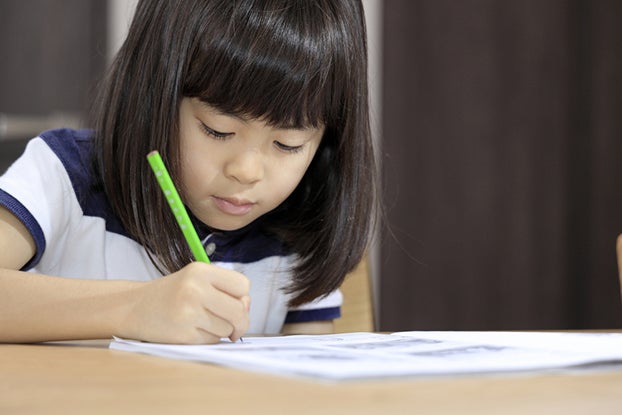
Since it can be complicated, language arts standards typically don’t ask students to study compound words until second grade. Before then, students will learn about the decoding strategy of looking for smaller words inside of larger ones.
As they practice this skill, they’ll no doubt be exposed to compound words. However, they won’t necessarily learn that they’re called compound words or discuss the requirements of what makes a word compound until second grade.
The Importance of Teaching Kids about Compound Words
Learning about compound words is an important part of a child’s language development. Let’s look at a few reasons why it’s worth teaching.
Improves Vocabulary
As your child learns more compound words, their vocabulary expands. This helps them better understand the English language. It also makes them better communicators and gives them more words to express themselves.
Enhances Reading Skills
Knowing compound words can also improve your learner’s reading skills. They’ll be able to recognize and understand new words by breaking them down into smaller, familiar parts. This strategy helps with decoding and reading comprehension.
Boosts Spelling Abilities
It’s easier to spell compound words once you understand how they’re formed. Kids who understand compound words can use this knowledge to spell more complex words correctly.
Encourages Creativity
Learning about compound words can spark creativity in kids. They can have fun creating new, silly combinations and even trying to invent their own compound words. This can lead to imaginative storytelling and writing activities.
The 3 Types of Compound Words
Now that you know why kids should learn about compound words, let’s look at the concept in more detail.
There are three different types of compound words: closed, open, and hyphenated.
- Closed compound words are created when two separate words form a single new word. For example, note + book = notebook.
- Open compound words are also created from two separate words. However, the words are still separated. For example, dining + room = dining room, or ice + cream = ice cream.
- As the name suggests, hyphenated compound words are connected by a hyphen. For example, long + term = long-term, or mother + in + law = mother-in-law.
While this may seem like a lot to teach, don’t worry. There’s no need to explain the three different types to your child. At this stage of their learning journey, the focus will be on closed compound words only. They’ll learn more about the other types later in their educational journey.ge of their learning journey, the focus will be on closed compound words only.
Compound Words for Kids to Learn

There are hundreds of compound words for kids to learn. Here are a few to help you get started:
- Fire + Fighter = Firefighter
- Super + Hero = Superhero
- Snow + Ball = Snowball
- Note + Book = Notebook
- Rail + Road = Railroad
- Under + Ground = Underground
- In + Side = Inside
- Mail + Box = Mailbox
- Break + Fast = Breakfast
- Sun + Flower = Sunflower
- Tooth + Brush = Toothbrush
- Rain + Coat = Raincoat
- Lip + Stick = Lipstick
- Cat + Fish = Catfish
- Bird + House = Birdhouse
- Arm + Pit = Armpit
- Work + Sheet = Worksheet
- Stair + Case = Staircase
- Some + Where = Somewhere
- Butter + Fly = Butterfly
- Sun + Glasses = Sunglasses
- Grand + Parents = Grandparents
- Text + Book = Textbook
- Cup + Cake = Cupcake
- Day + Dream = Daydream
- Book + Case = Bookcase
Tips for Teaching Compound Words to Kids
Now that you have a list of compound words, you may be wondering how to teach them.
1) Start with Familiar Words
Begin by pointing out compound words your child is already familiar with. Use objects in their everyday life, such as bookcase or mailbox, to show how two individual words can come together to create a new word.
2) Make It Visual
Compound words make more sense when you see the two little words together. Index cards are a great way to start. Write each part of the compound word on one index card. Next, ask your child to read them.
Finally, have them slide the two cards together and ask if they can read the new word. Once they do, tell them that they just read a compound word.
3) Teach the Requirements
After your child successfully reads the word, introduce them to the concept of compound words. Explain the two requirements that a word must pass in order to be compound.
To help them brainstorm compound words, take each one through the two-prong test to see if it passes.
You can ask:
- Is this word made of two smaller words? (If not, ask them to try again. If yes, move on to the next question.)
- Does the meaning of this word have something to do with the two smaller words? (If yes, it’s a compound word. If no, it’s not.)
4) Make a List Together
As you and your child brainstorm words and take them through the testing process, create a list of compound words to refer back to. You can use a poster board and let your child decorate it, or keep it simple and use a page in a notebook.
Either way, refer back to your list occasionally and see if your child can think of any more words to add.
5) Integrate Technology

Let your child use their screen time to reinforce their learning. They’ll have tons of fun playing while learning!
The HOMER app by Begin offers several games that focus on compound words. For example, Sumville Studios, Tap & Read, and Word Domino all let your child explore this concept.
Plus, other games in the HOMER app help them work on different core skills like math and reading comprehension. It’s a great way to practice!
6) Let Your Child Be Your Guide
Some learners will understand compound words quickly, while others will take more time and repetition. Don’t stress if your child doesn’t pick it up right away.
Let them be your guide and move at their pace. If they seem to be struggling or getting frustrated, take a break and come back to it larger. Remember, every child learns differently and has different strengths.
Be patient and supportive as they navigate this new concept.
7) Integrate Fun Activities
Learning doesn’t always have to feel like work. Integrating fun activities into your child’s learning process keeps them engaged and interested.
For example, you can go on a compound word scavenger hunt around the house with words like:
- Bedroom
- Football
- Popcorn
- Raincoat
- Fireplace
- Keyboard
Keep reading for more fun activities to try.
Activities That Teach Compound Words for Kids
These games and activities are perfect for second graders, though older and younger kids can also benefit from them.
1) Reverse the Word Order
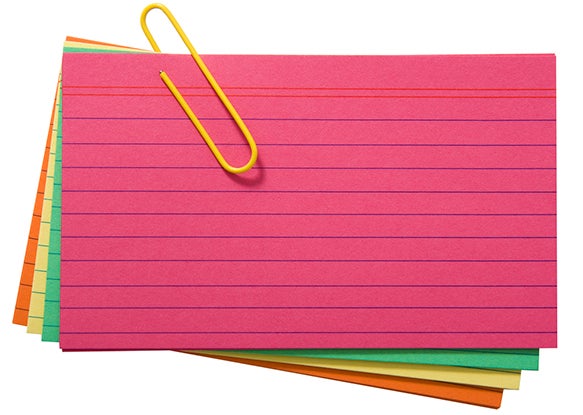
What You’ll Need:
- Index cards
- Markers
- A list of reversible compound words
What To Do:
To get started, write one half of your compound word on a single index card and the other half on another. This means that each word will have two separate cards.
As the name suggests, this game requires reversible compound words. For instance, sleepover — oversleep.
If you can’t think of any right now, here’s a list to get you started:
- Sleepover
- Lookout
- Breakout
After writing the compound word parts on your two index cards, help your child read them out loud and take time to explain any word they may not understand. Then, lay the cards down, facing up.
The goal of Reverse The Word Order is simple: Reverse the order of the compound word.
Have your child look at the two parts of the reversible compound word that you laid down and read the cards together. Then, have them move the first card to the other side to make the second compound word and read it out loud.
If your child has trouble reading the words, don’t worry; they can still play! Simply read the words for them or help your child read them, and then continue as instructed above.
As a simpler alternative, you can also say a compound word backward and have your child try to say it forward. For example, if you say, “What is corn pop?”, they would answer, “Popcorn.”
This shows your child that each of these compound words can change into new words with entirely different meanings, depending on the order.
Completing this exercise will help your child understand the importance of word order in a compound word. For example, breakout and outbreak have completely different meanings, even though they are made up of the same letters and words.
As a simpler alternative, Say a compound word backwards and your child tries to say it forwards. What is corn pop? popcorn. What is boat life? Life boat.
This is also a great phonological awareness game. Phonological awareness refers to the skills a child needs to use while reading. In essence, it is understanding sounds in our language and how they relate to each other.
Phonological awareness plays a major role in early childhood literacy, and this game can help your child develop this important skill.
2) Image/ Word Match
What You’ll Need:
- Index cards
- Marker
- A list of compound words (you can use any of the words from the above “Compound Words For Kids” list)
- Pencil
What To Do:
With your child, write and draw the list of compound words on separate index cards. Write one half of the word in text and draw the other half as an image. For example, from the word pancake, one index card will have pan written out, and the other will have a drawing of a cake.
Next, lay your cards facing down (grid style).
To play, you and your child will take turns flipping two cards over at a time. (Think of the game Memory.) The goal is to find one card with a picture and another with a word to create a compound word.
When it’s your turn, if you find two cards that make up a compound word, you earn a point. If you don’t, you’ll have to wait for your next turn to try again. After 10 turns each, the player with the most points wins.
This game helps children develop segmentation skills. It also reinforces the concept that compound words are made from two separate words joined together.
For example, they may learn that the same cake from pancake can also form cupcake, cheesecake, etc.
3) Draw the Compound Word
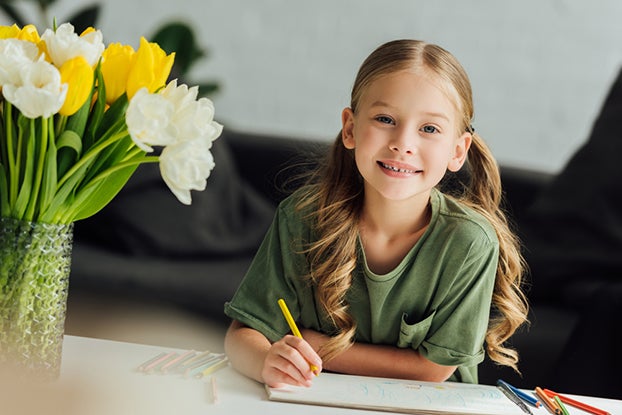
What You’ll Need:
- Sheet of paper
- Index cards
- Marker
- Pencil
- Crayons
- A list of compound words (you can use any of the words from the above “Compound Words For Kids” list)
What To Do:
Sometimes, just understanding that a compound word is made up of two separate words can be hard to grasp for kids. This activity helps you demonstrate the concept in a fun and creative way.
Start by giving your child five compound words, and have them write the words down on a sheet of paper (with your help if needed). At this stage, your child will view the words as a whole.
Next, help your child separate the compound words by asking them to draw something that represents the two words that make up the compound word on each index card.
For example, from the word fireman, your child can draw one image of a fire and another of a man.
This isn’t a drawing competition, so don’t pay too much attention to how the images look. Instead, focus more on your child’s understanding of the separate words that make up the compound words.
4) Compound Word Creation
What You’ll Need:
- Index cards
- Marker
- A list of 5 compound words
What To Do:
Start by separating compound words into their two smaller words, and then have your child write each word on a separate card. While they are writing, encourage them to read the words out loud for practice.
Here’s a list of compound words you can use for this game:
- Goldfish
- Bookworm
- Superstar
- Rainbow
- Pancake
- Popcorn
- Butterfly
- Jellybean
- Moonlight
- Ladybug
After writing and reading the words, mix the cards up. Then, have your child pick two cards and make a brand new compound word. For example, from gold/fish, your child can create a new word — bookfish.
Note: The word doesn’t have to be “correct” — any two card combinations will do for this activity.
Ask your child to define their new word and draw a picture of it for even more creative fun. A bookfish could be pretty cute! The word likely means a fish that has a book-shaped fin. Unless, of course, it’s a fish that likes to read.
5) Words in a Bowl
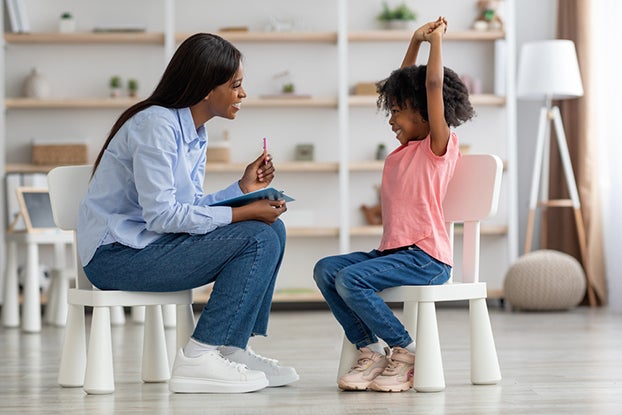
What You’ll Need:
- A piece of paper
- Pen
- Scissors
- A bowl or hat
What to Do:
Write several compound words on the paper, leaving space between each one. Cut out your words and fold them in half. Drop them into the bowl or hat.
Ask your child to pick out one slip of paper and read the word. Then, have them break it into two smaller words and try to explain what the new word means. Remind them it has to relate to the other words.
For this game, you don’t need a dictionary definition. Let your child explain the meanings in their own way.
6) Compound Word Chains
What You’ll Need:
- Index cards
- A pen
What to Do:
Have your child write a compound word on two index cards — one smaller word each. Then, ask them to think of another compound word that starts with the second word. Once they do, write a new second word on a third index card and place it at the end of the chain.
Keep going and see how many words they can connect.
Here are a few examples:
- Book + Case = Bookcase, Case + Load = Caseload, Load + Stone = Loadstone, Stone + Fish = Stonefish, Fish + Bowl = Fishbowl
- Sun + Flower = Sunflower, Flower + Pot = Flowerpot, Pot + Pie = Potpie, Pie + Pan= Pie Pan (this one is an open compound word), Pan + Cake = Pancake
- Sand + Paper = Sandpaper, Paper + Plate = Paperplate, Plate + Mark = Platemark, Mark + Down = Markdown, Down + Beat = Downbeat
You won’t always be able to get your chain to five words, so just go as far as you can. After finishing a chain, challenge your child to flip over each index card and illustrate it. See if they can recreate the chain from their pictures.
7) How Many Compound Words?
What You’ll Need:
- Paper
- Pencil
What to Do:
Give your child a base word and see how many compound words they can think of that include that word.
For example, if you give them the word fish, here are just a few of the compound words they could make:
- Fishstick
- Fishtank
- Fishbone
- Fishnet
- Fishbowl
- Goldfish
- Blowfish
- Catfish
- Clownfish
Here are five other base words to try:
- Sun (sunflower, sunspot, sunscreen, sunshine, sunbake)
- Walk (crosswalk, walkway, spacewalk, boardwalk, sidewalk)
- Hand (handbell, handball, handbill, handbag, backhand, farmhand)
- Rain (rainbow, raincloud, rainstorm, raincoat, raindrop)
- Time (timeline, timecard, timeout, overtime, halftime, lifetime)
Let’s Make Some Compound Words!
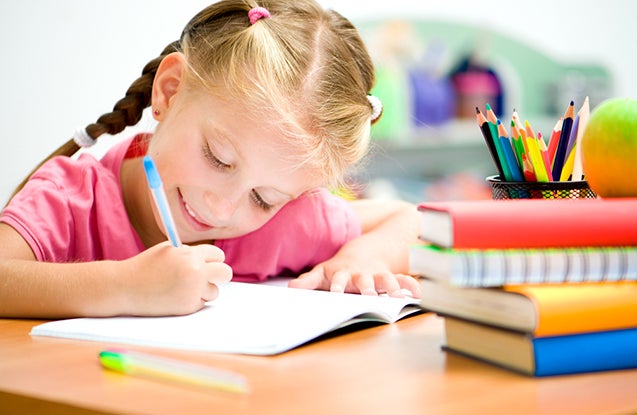
Teaching compound words to kids is a great way to help them grow their vocabulary. If you’re working on this concept with your young learner, remember the fundamental rule: a compound word is made of two (or more) smaller words.
By using the activities above, you can help your child grasp compound words with ease!
Whether you decide to try out some or all of the games we recommend, be patient. Learning something new can take time, but with lots of practice, your child will eventually understand this new way to combine words!
Looking for even more ideas? Check out the HOMER app by Begin for continued ways to support early childhood literacy.
As they play and interact with the app, your child will practice reading compound words, interacting with text from different genres, and improving their sight word vocabulary. In just 15 minutes a day, you can help your child succeed! So what are you waiting for? Sign up today!





